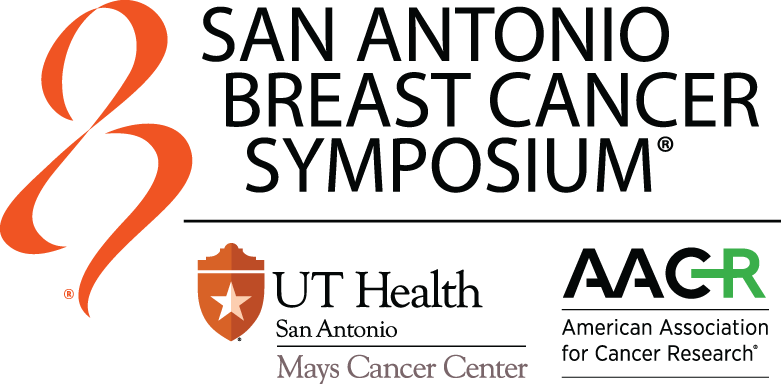
Nearly 25% of breast cancers are diagnosed in premenopausal women. Lifestyle adjustments can reduce risk but can take decades to show benefit. Chemoprevention options are limited for younger women.
“Almost 29% of breast cancer cases in premenopausal women can be attributable to having dense breasts,” said Adetunji T. Toriola, MD, PhD, MPH, Professor of Surgery and William H. Danforth Washington University Physician-Scientist Scholar at the Washington University School of Medicine and Co-Lead of the Siteman Cancer Center Cancer Prevention and Control Program. “Yet we still have limited knowledge on how to reduce breast cancer development in women with dense breasts. We must do more.”
Dr. Toriola received the American Association for Cancer Research Outstanding Investigator Award for Breast Cancer Research for his work in identifying molecular determinants of mammographic density and breast cancer risk in premenopausal women. He delivered his award lecture Breast Cancer Prevention in Premenopausal Women: Accelerating Transition from Discovery to Clinical Translation at SABCS on Friday morning.
Existing guidelines from the National Comprehensive Cancer Network highlight multiple lifestyle factors, including alcohol use, menopausal hormone therapy, exercise, healthy weight, and breastfeeding, that can affect breast cancer risk. Dr. Toriola noted that reducing risk in younger women focuses on factors driving documented increases in ER+ tumors and declines in ER- tumors in premenopausal women over recent decades, identifying high-risk women who do not carry BRCA mutations, identifying novel targetable biomarkers and pathways, expanding chemoprevention options for high-risk women, and targeting intermediate phenotypes.
Breast density appears to be the single most important risk factor for breast cancer for premenopausal women at the population levels, he explained. Genome-wide association studies identified multiple loci associated with both mammographic breast density (MBD) and breast cancer, which led to retrospective findings that decreasing MBD over time reduces the risk of breast cancer compared to stable breast density.
Lifestyle modification can reduce breast cancer risk, but time to benefit ranges up to 30 years, depending on the study. Chemoprevention with tamoxifen to reduce MBD can show benefit in 2 years or less.
“Common side effects of tamoxifen limit its widespread use in primary prevention,” Dr. Toriola said. “We needed to identify new targetable pathways with fewer side effects and broader applicability, especially among premenopausal women.”
Observational studies suggested that increased RANKL (receptor activator of nuclear factor-kB ligand) gene expression in breast tissue is associated with increased MBD, an association Dr. Toriola and others confirmed. A phase I clinical trial found that RANKL inhibition downregulated multiple neutrophil pathways in breast tissue and upregulated fatty acid biosynthetic processes associated with decreasing MBD.
Those early findings led to the Phase II TRIDENT Trial comparing 2 doses of subcutaneous denosumab vs. placebo in premenopausal women with elevated MBD who may be at increased risk of breast cancer. The study outcomes include changes in MBD at 12 and 24 months, breast tissue gene expression, peripheral blood gene expression, and predictors to denosumab response.
TRIDENT had enrolled 117 of an expected 175 women as of November 2022, Dr. Toriola reported. Most, 76%, are non-Hispanic white, 48% have above average risk for breast cancer, and 30% have much above average risk based on the Rosner-Colditz Model. About 60% of participants had completed their 12-month visit.
“We have an urgent need to more rapidly translate breast cancer research, to identify high-risk women and apply targeted interventions,” Dr. Toriola said. “We have seen that it is possible to apply genomic approaches to identify new pathways driving premenopausal breast cancer and to rationally reposition existing drugs as new chemoprevention medications. This is the time to increase our investments in breast cancer prevention research and foster greater transdisciplinary collaborations.”
On-Demand Session Availability
Daily sessions will be available for on-demand viewing 3-5 days following the 2022 Symposium (author permitting). They will be available exclusively to registered SABCS attendees until March 2023. Following March 2023, they will be available on SABCS.org under the “Resources” tab.

